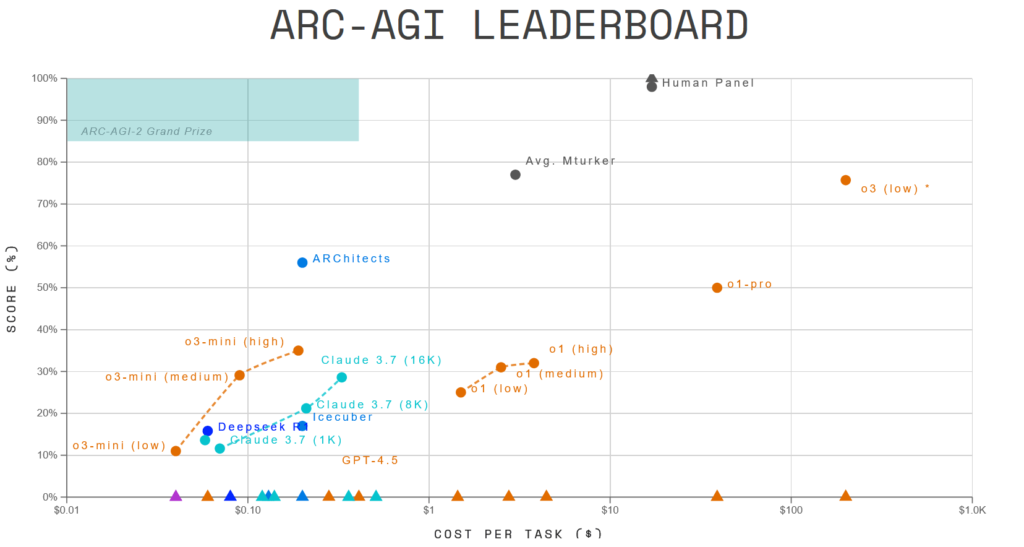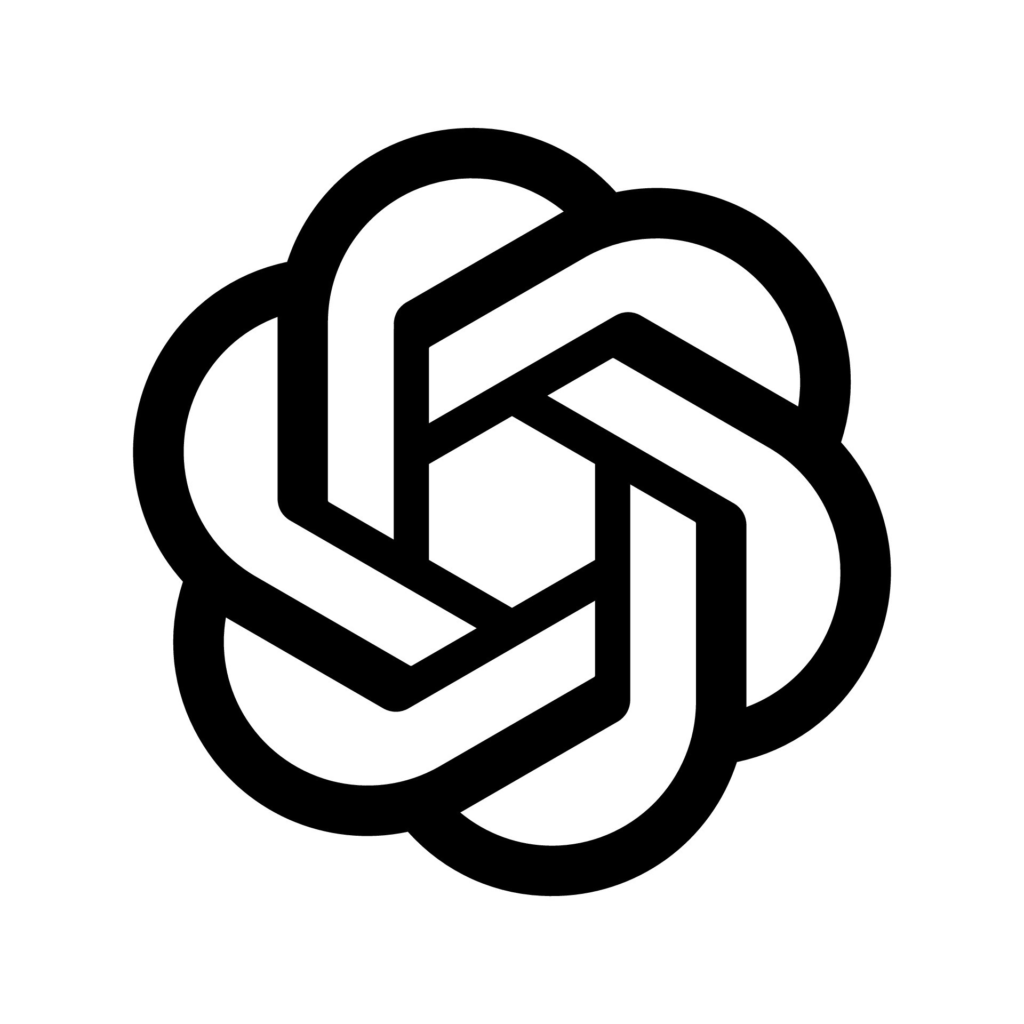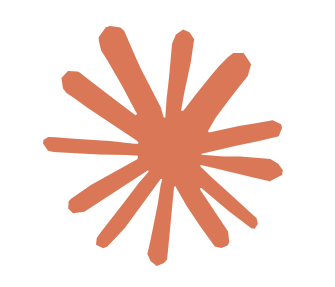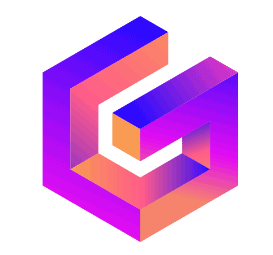As a warm-up, as people get off work, let’s practice some data entry skills with the numeric keypad. Please lower the volume of your computer speaker. Click on this link:
https://www.typing.com/student/lesson/351/numeric-keypad-10-key
We’re going to be opening a lot of windows tonight. Please remember to click the ‘X’ on the tab to close the window after you’re done with it. Otherwise, we’re going to “steam up” the computers again.
In the beginning (November 2022), ChatGPT, version 3, changed the way we perceive artificial intelligence, “AI.” Before then, AI was “rules based,” that is, humans programmed many lines of code to guide the software to correct answers. The current AI chatboxes don’t use deductive logic, instead, they look for patterns.
For example,

Look at the first pair of grids, how does the grid change? How about the second pair? How would the third pair change?
You can easily program this puzzle.
That, in a nutshell, is how AI chatboxes work. They don’t “understand” anything. They just look for patterns that apparently have meaning for us humans.
The race is on to program AI chatboxes that mirror human responses, at low cost (but remember our class about the environmental costs?)

What on Earth does this chart mean? Several humans (who scored almost 100%, at a cost of $20) played the game, and several AI chatbox outputs were compared. The orange dots represent different versions of ChatGPT, the cyans Anthropic’s Claude, and the dark blue, a newcomer, Deepseek. The dotted lines represent how various models have been upgraded, hence the upward trendlines.
Back in the olden days (2023), the simplest way to improve AI chatbox results was simply tell it to read more Internet pages. But now it’s read them all, so the “model” is now the holy grail, and that’s where the race is on now:

Deepseek has risen to current trendsetter. Let’s look at some of the more popular AI chatboxes.

ChatGPT‘s old model is still free to use. But its more recent models require a subscription. Today, OpenAI announced a new capacity for generating images.

Claude is perhaps the closest rival to OpenAI. Built by Anthropic, it at least voices ethical concerns about using AI.

Gamma is a hybrid of Canva and AI. I haven’t used it much, but it appears to have the ability to generate eye-catching slide stacks.

Gemini is Google’s entry into AI. You can use it directly, and it appears at the top of some Google searches.

Deepseek has risen to current trendsetter. I’ve tried creating an account, but being based in China, my domains are booted. Being open source, you can install the code on a local computer and play with it there.
For the rest of the class, we’ll return to PowerPoint.




